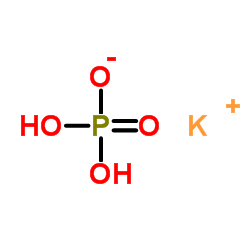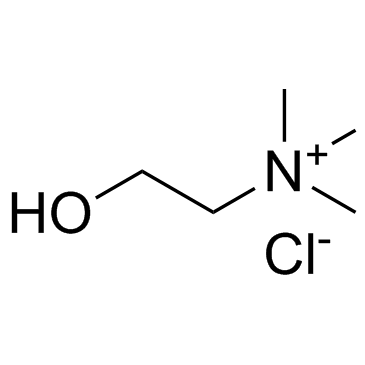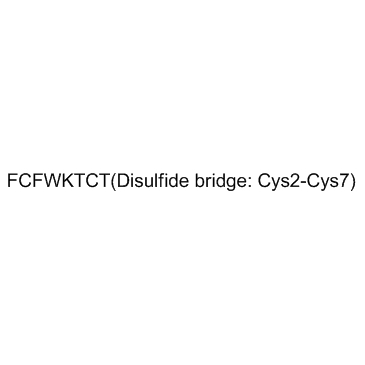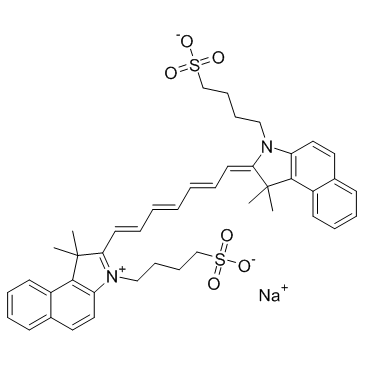| Structure | Name/CAS No. | Articles |
|---|---|---|
 |
sucrose
CAS:57-50-1 |
|
 |
Taurocholic acid sodium salt hydrate
CAS:345909-26-4 |
|
 |
Hydrochloric acid
CAS:7647-01-0 |
|
 |
Monopotassium phosphate
CAS:7778-77-0 |
|
 |
Choline chloride
CAS:67-48-1 |
|
 |
Octreotide acetate
CAS:83150-76-9 |
|
 |
Sodium butyrate
CAS:156-54-7 |
|
 |
Sulfobromophthalein sodium
CAS:123359-42-2 |
|
 |
Indocyanine Green
CAS:3599-32-4 |